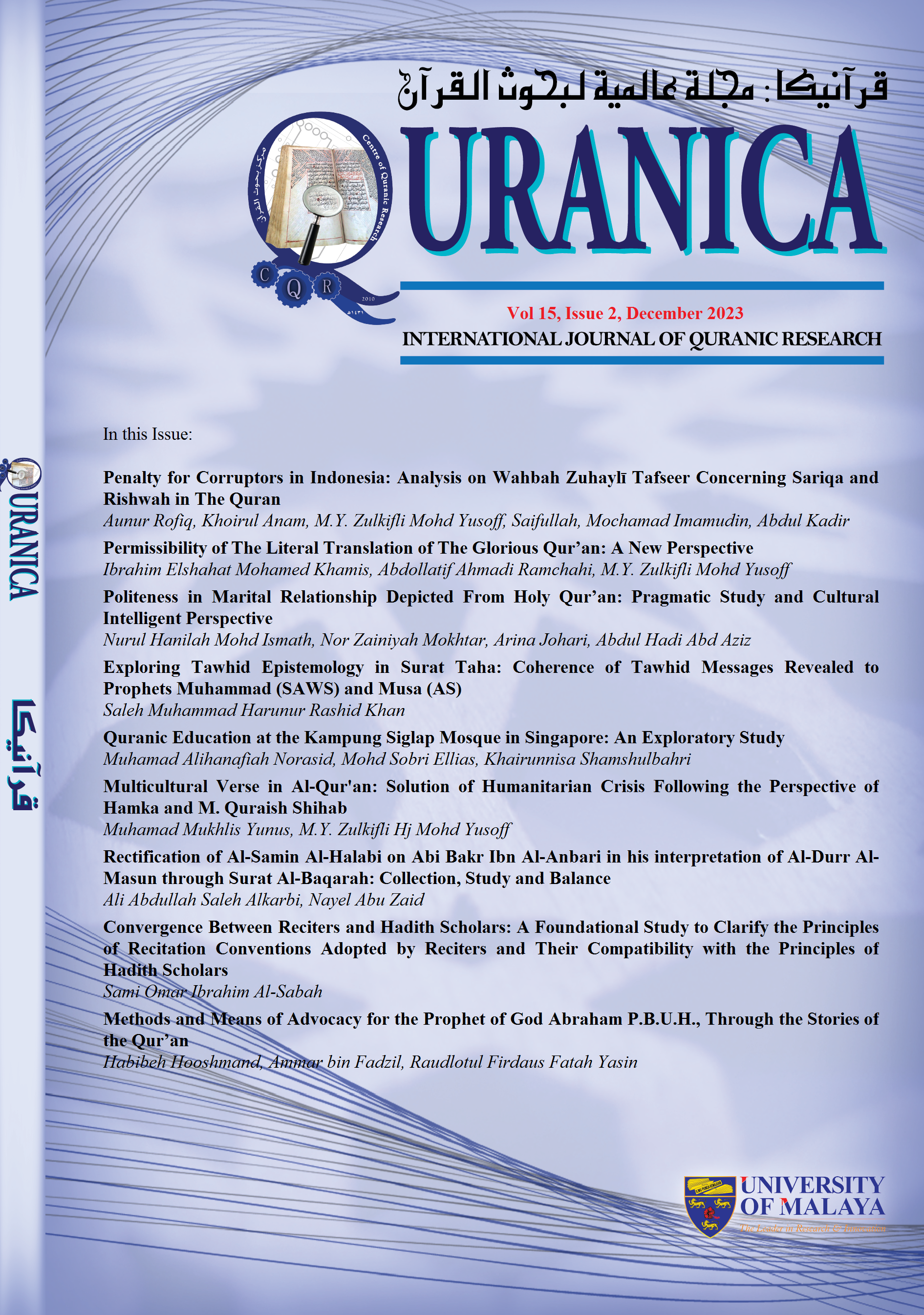An Analytical Study to Reveal The Identity of Pharaoh Moses -Peace Be Upon Him- Based on Evidence of Scientific Miracles in The Holy Qur’an and Conclusive Archaeological Evidence
Main Article Content
Abstract
The goal of completing this research is to reveal the identity of the Pharaoh to whom the prophet Moses - peace be upon him - was sent, with Qur’anic and compelling scientific evidence that would have been impossible to know if God had not revealed them in the Qur’an; It is a historical dilemma that has generated a great controversy among scholars all over the world, including those who deny the existence of Moses in Egypt, the exodus, and the miracle of parting the sea, and those who claim his existence in the sixteenth century, because he was mentioned in the Torah and the Bible, but scientific evidence denies it. In this research, we relied on analyzing the Qur’anic evidence first, then on pure scientific evidence previously discovered, such as translating the papyri and hieroglyphs into English and Arabic; We also relied on good research by Arab and Western scholars as well. The result was unexpected, as they searched in the wrong time and the wrong place; The Pharaoh who challenged Moses - peace be upon him - was the owner of the Great Pyramid: “Pharaoh Khufu,” who ruled Egypt nearly 5,000 years ago, as it is absolutely impossible for anyone to know without inspiration from almighty God, that the minister of this Pharaoh was named “Haman” who was also the chief builder of his monuments according to the evidence found in his tomb that was recently discovered, yet our prophet Muhammad -peace be upon him- mentioned him 14 centuries ago, which confirms the prophecy of our dear Prophet and that the Holy Qur’an was -inevitably- revealed from God Almighty. This research reveals another scientific miracle of the Holy Qur’an, which on its own reveals the time of the existence of Moses -peace be upon him- and the identity of the Pharaoh who defied him, and it also corrects and confirms the period where they lived, supported by undeniable material evidence.
Downloads
Article Details
Disclaimer
QURANICA makes every effort to ensure the accuracy of all its contents. However, opinions, discussions, views and recommendations are expressed in this journal do not necessarily reflect the official policy of QURANICA or views of its editors or publishers. Therefore, QURANICA and its publishers will not be liable for any controversy may be arisen. The journal reserves the right, at its sole discretion, to change its terms and conditions of publications.
Copyright
It is a condition of publication that manuscript submitted to the journal have not been published, accepted for publication, nor simultaneously submitted for publication elsewhere. By submitting a manuscript, the author(s) agrees that copyright for the article is transferred to the publisher, if and when the manuscript is accepted for publication.
